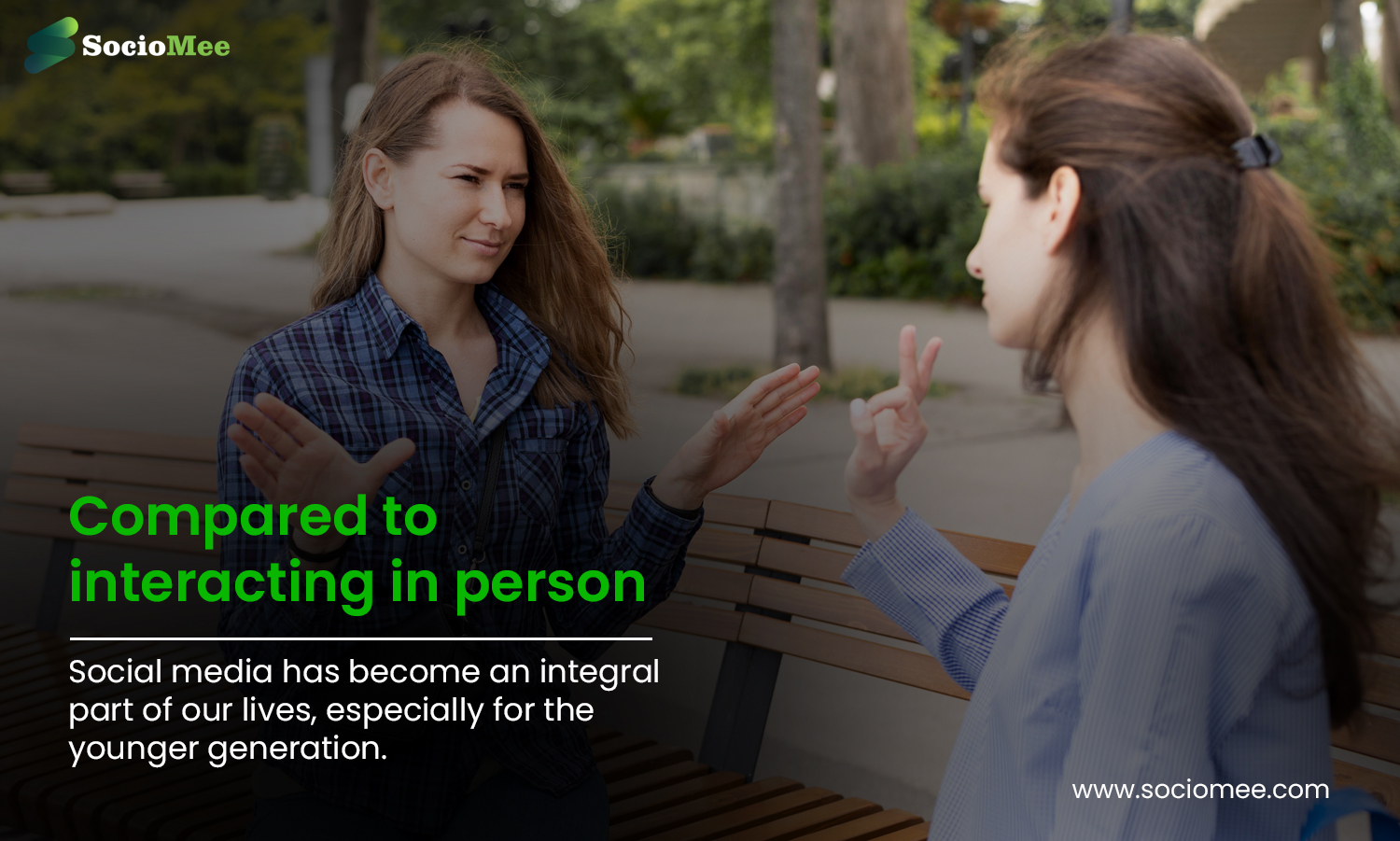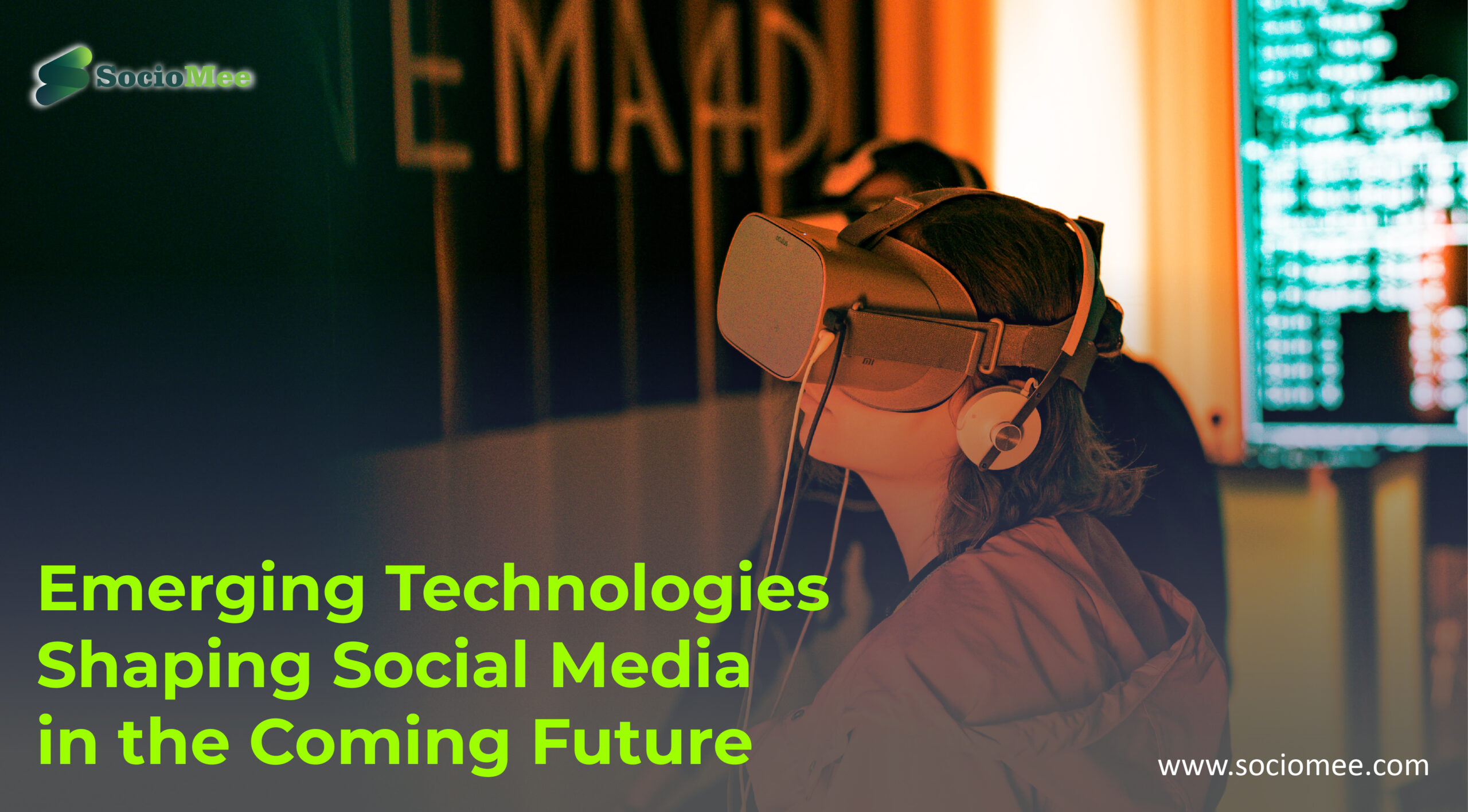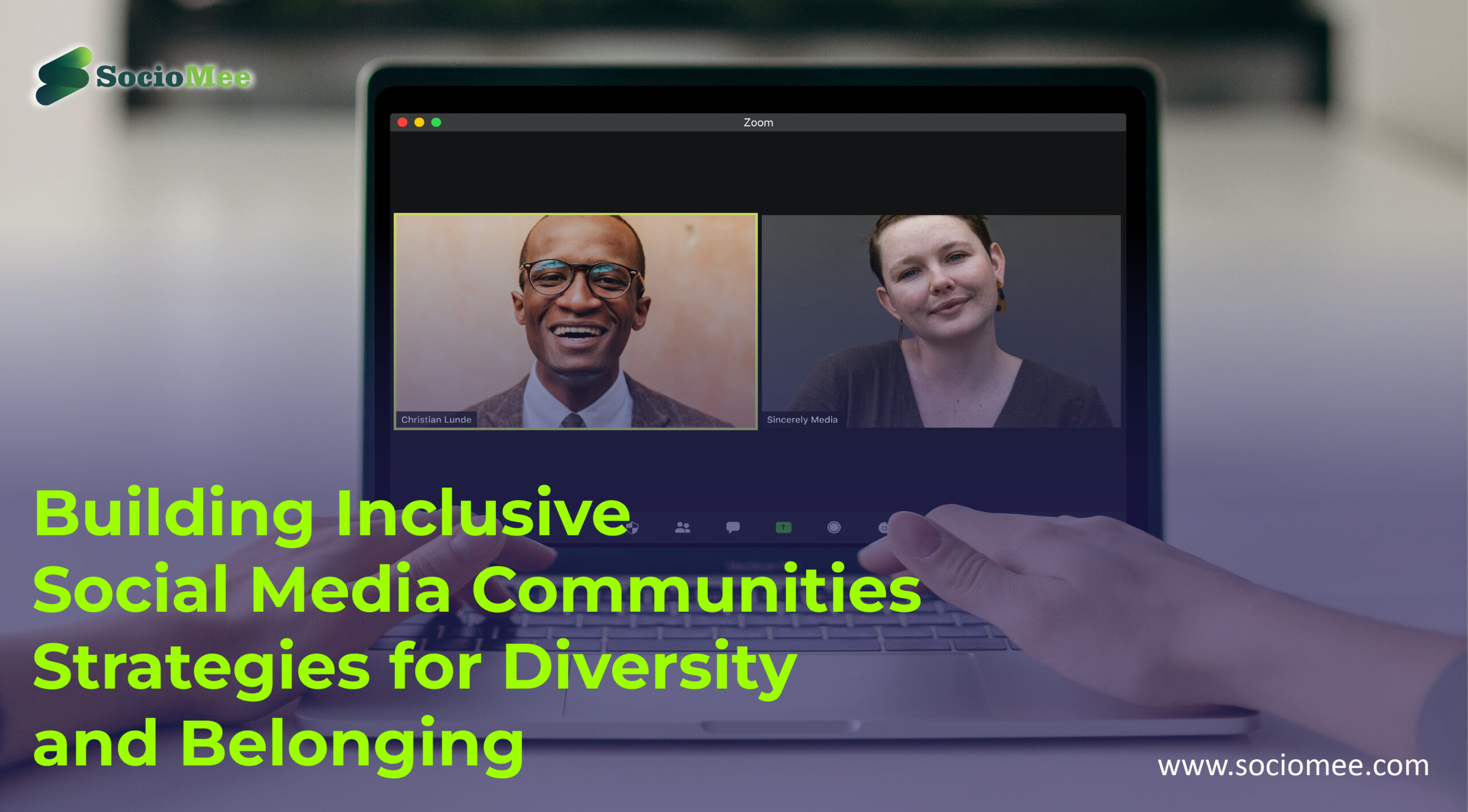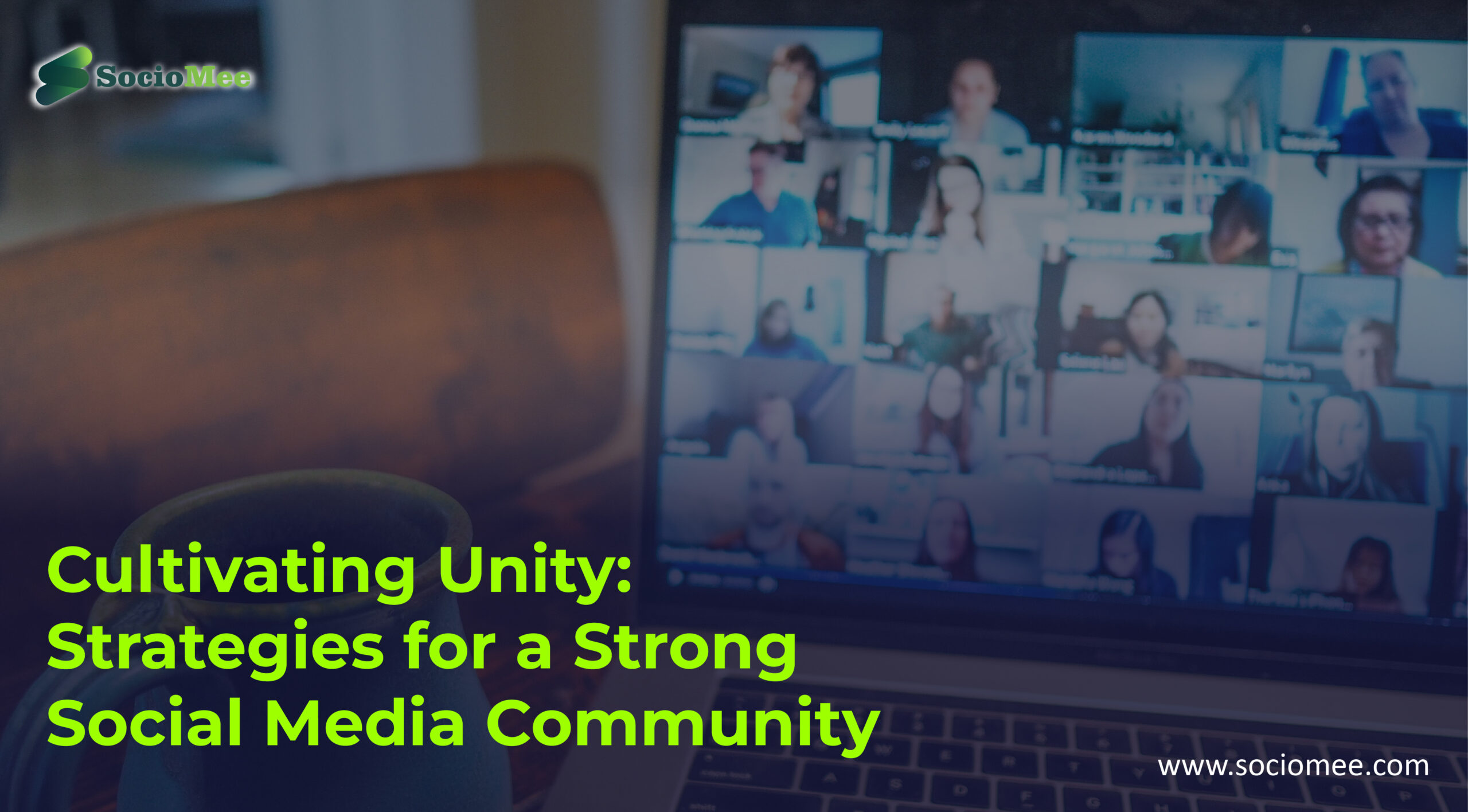Social media has become an integral part of our lives, especially for the younger generation. With the power to connect us with people worldwide and provide instant access to information, it’s no wonder why modern social community app have taken over traditional means of communication. But do youngsters feel more comfortable using social media than interacting in person?
In this blog post, we’ll dive into the role social media plays in today’s society and explore whether or not young people are more at ease talking through a screen than face-to-face.
#1.Role of social media in today's life
social media app have become an integral part of our daily lives. From staying connected with friends and family to making new acquaintances, social media platforms like Facebook, Instagram, Twitter, and TikTok have revolutionized communication.
With a whopping 3.8 billion users worldwide, it’s hard to ignore social media’s role in shaping modern society. People use social media for various purposes, such as entertainment, news updates, or even to promote their businesses online.
One of the most significant advantages of social media is its ability to instantly connect people from different parts of the world. It provides a platform for individuals with similar interests and ideas to unite regardless of geographical boundaries.
Social media has also proven itself as a powerful tool for activism and advocacy work. It allows individuals with common goals and aspirations to rally support for shared causes such as climate change awareness or gender equality campaigns.
However, there are downsides too: excessive use can lead to addiction while cyberbullying on these platforms can harm one’s mental health. Therefore we must use social media mindfully by being aware of its impact on us personally and collectively as a society.
#2 What percentage of people use social media as per their age?
People of all age groups use social media platforms, but the percentage varies from generation to generation.
|
According to recent studies, more than 90% of millennials (ages 23-38) actively use social media platforms like Facebook, Instagram, and Twitter. This is followed by Gen Xers (ages 39-54), with a usage rate of about 77%. The baby boomer generation (ages 55-73) also uses social media regularly, with around a third using it for communicating with family and friends. |
Interestingly, the growth in usage among senior citizens has been significant in recent years. In America alone, around six-in-ten adults over 65 say that they go online regularly now compared to just fifteen years ago when only one in three did so.
It’s important to note that while younger generations have higher rates of overall platform usage, older generations are catching up quickly. There has been an increase in users aged above fifty-five on various platforms such as Facebook and LinkedIn.
These numbers indicate that social media is no longer restricted to any
specific age group – people of all ages use it for their unique purposes!
#3. How youngsters interact with social media?
Social media has become an integral part of the daily lives of youngsters. They are highly active on various social media app like Instagram, Facebook, Twitter, and Snapchat. How they interact with these platforms is unique compared to older generations who have had to adapt to technological advancements.
Youngsters use social media not only for communication but also as a source of entertainment and information. They spend hours scrolling through their feeds, liking posts, sharing memes, or reading interesting articles. Social media has become a means for self-expression where they can showcase their thoughts and opinions.
One noticeable aspect of how youngsters interact with social media is visual content over text-based content. They prefer images or videos rather than long paragraphs, which makes sense considering that attention spans are generally shorter in younger age groups.
- Furthermore, thanks to the features available within these platforms, such as polls or Q&A sessions, interaction between individuals is much easier than face-to-face conversations, especially regarding sensitive topics.
- Young people today rely heavily on social media for peer interaction while still being able to express themselves freely without limitations commonly found in traditional settings.
#4. Are youngsters more comfortable talking on social media than face to face?
Social media or social media community has become an integral part of our lives in today’s digital world. People use social media platforms from Facebook to Instagram and Snapchat to Twitter for various reasons such as entertainment, communication, and networking. According to a survey conducted by Pew Research Center in 2021, around 88% of young adults aged between 18-29 use at least one form of social media.
While some argue that youngsters feel more comfortable talking in person than on social media because they get instant feedback and can read body language cues, others believe that the opposite is true.
One reason youngsters might prefer interacting online rather than face-to-face is due to the lack of pressure and anxiety they feel when communicating digitally.
Social media acts as a barrier for many users who may have difficulty expressing themselves or struggle with self-confidence issues while talking in person. Online communication provides these individuals with a platform to communicate freely without fear of being judged or rejected.
Moreover, social media allows individuals to curate their image and portray themselves in a specific way which cannot be done during face-to-face conversation. This enables them to present their best selves without worrying about physical appearance or nervousness, which often hinders personal interaction.
It cannot be denied that youngsters nowadays feel more comfortable communicating via social media than face-to-face interaction due to its numerous advantages over traditional methods.
Connect with new world
#5.Top 5 Reasons why youngsters are more comfortable talking on social media
5.1 Anonymity: Social media provides a level of anonymity that is not possible in face-to-face interactions. Youngsters can express themselves freely without fear of judgment or ridicule from their peers. This freedom allows them to communicate more openly and honestly, resulting in deeper and more meaningful conversations.
5.2 Control over the conversation: With social media, youngsters have complete control over the direction of the conversation. They can choose whom to talk to and when to end the conversation, unlike in-person interactions, where one might feel obligated to continue a conversation even if they are uncomfortable.
5.3 Nonverbal cues don’t matter: In social media, nonverbal cues such as body language or tone of voice are irrelevant; hence there’s no pressure on how someone looks or sounds during an interaction which makes young people feel less anxious when communicating online since they don’t need to worry about looking presentable.
5.4 Accessibility: Social media platforms provide easy access for youngsters who may be shy or introverted as it eliminates physical barriers that come with meeting new people physically by allowing them to meet lots of individuals at once regardless of geographical location, making it easier for them to connect with others.
5.5 Privacy concerns: Concerns regarding privacy are also among the reasons why young people find comfort in using social media compared to interacting physically, especially teenagers who often seek some form of independence away from their parent’s watchful eye but still won’t stay connected with friends and family through social media community.
Youngsters are more prone to social channels for communication.
With the rise of smartphones and tablets, young people spend more time online than ever. Social media platforms like Instagram, Snapchat, and TikTok have become vital to their daily routine. A recent report found that teenagers spend an average of nine hours daily on social media.
One reason teens may be more prone to using social channels for communication is that it gives them a sense of connection. Staying in touch with friends and family members who live far away or attend different schools can help them feel less isolated. Additionally, many teens enjoy sharing their interests and hobbies with others who have similar passions.
Another factor that makes social media appealing to young people is its convenience. Unlike traditional forms of communication, such as phone calls or face-to-face conversations, they can access these platforms anytime they want without worrying about missing out on anything important.
Of course, some downsides to excessive use of social media among youngsters include cyberbullying, addiction, and mental health issues caused by unrealistic beauty standards perpetuated through photo-editing apps like Facetune. However, if used in moderation as just another tool for communication rather than the primary means, it has great potential to enhance our overall well-being.
#6. Can social media offers a better way to communicate
Social media has become an integral part of our daily lives, especially for teenagers who use it as a primary source of communication. It offers them a platform to connect with friends and family members from any location. Sharing pictures, videos, and stories on social media enables young people to express themselves creatively while staying connected.
Additionally, social media provides anonymity, making some teens more comfortable sharing their thoughts and feelings online than in person. This opens up new avenues for communication that may not have been possible before the advent of social media platforms.
Moreover, social media allows young people to discover new interests by connecting with like-minded individuals from around the world. They can join groups or follow pages related to their hobbies or passions, leading them to explore new perspectives.
However, parents and educators must carefully monitor teen usage of these platforms. Too much exposure or misuse can negatively affect mental health, such as anxiety and depression.
When used responsibly under supervision with limitations set by guardians/parents/caregivers, Social Media helps bridge gaps between individuals promoting better ways for effective conversation among youth today!
Conclusion
Social media has become essential to our lives, especially for the younger generation. Although there may be concerns about its impact on mental health and real-life interactions, it cannot be denied that social media provides an avenue for young people to express themselves and connect with others in ways that were impossible before.
Based on the above reasons, it is clear that many youngsters feel more comfortable using social media than interacting face-to-face. However, this does not mean we should dismiss the value of in-person communication altogether. Instead, we should strive for a balance between online and offline interactions.
As such, parents and educators must encourage young people to develop strong online and offline communication skills while also ensuring they use social media responsibly. By doing so, we can help create a healthy relationship between young people and technology as they continue to navigate the digital world.









